Finite element analysis of artillery self-tightening body tube stresses
DOI: 10.23977/jemm.2023.080309 | Downloads: 18 | Views: 1334
Author(s)
Liu Yuhao 1, Qu Pu 1
Affiliation(s)
1 School of Electrical and Mechanical Engineering, North Central University, Taiyuan, 030051, China
Corresponding Author
Liu YuhaoABSTRACT
The self-tightening technology of body tube is to apply a certain pressure in the inner bore of the body tube so that the corresponding residual stress is generated in the body tube, and the self-tightening residual stress can improve the stress situation of the body tube when it is in use and extend its service life. Most of the existing self-tightening body tube research for large-caliber artillery and are simplified to a thick-walled cylinder model, ignoring the internal rifling of the body tube and chrome-plated processing factors, and for the impact load on the body tube and cracks on the self-tightening body tube internal stresses of the impact of the same did not take into account the rifling and chrome layer. In order to address the above problems, this paper takes a small-caliber artillery body tube as the research object, compares the theoretical calculations with the finite element simulation, and carries out the simulation research on the ideal elastic-plastic artillery steel body tube.
KEYWORDS
Finite element; self-tightening body tube; self-tightening stress; bore machiningCITE THIS PAPER
Liu Yuhao, Qu Pu, Finite element analysis of artillery self-tightening body tube stresses. Journal of Engineering Mechanics and Machinery (2023) Vol. 8: 57-62. DOI: http://dx.doi.org/10.23977/jemm.2023.080309.
REFERENCES
[1] Salzar R. S. (1999) Influence of autofrettage on metal matrix composite reinforced gun barrel. Composites Part B Engineering, 8, 841-847.
[2] Chen H W, Sun H K, Liu T C. (2009) Autofrettage analysis of a fibre-reinforced composite tube structure incorporated with a SMA. Composite Structures, 4, 497-508.
[3] Bhatnagar R M. (2013) Modelling, validation and design of autofrettage and compound cylinder. European Journal of Mechanics, 39, 17-25.
[4] Zhao M, Wu Z, Cai H. (2018) Stress analyses of compound cylinders with interlayer pressure after autofrettage. International Journal of Pressure Vessels & Piping.
[5] Levy C, Perl M, Kotagiri S. (2006) The Bauschinger effect’s influence on the SIFs of multiple longitudinal coplanar cracks in autofrettaged pressurized cylinders. Engineering Fracture Mechanics, 13, 1814-1825.
[6] Jahed H, Farshi B, Hosseini M. (2007) The actual unloading behavior effect on thermo-mechanical stress intensity factor and life of autofrettage tubes. International Journal of Fatigue, 2, 360-369.
| Downloads: | 11003 |
|---|---|
| Visits: | 416039 |
Sponsors, Associates, and Links
-
Cybernetics and Mechatronics
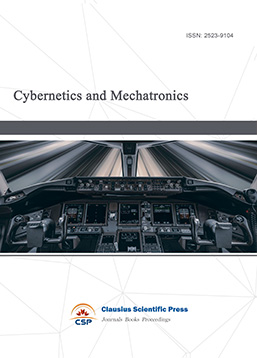
-
Digital Manufacturing and Process Management
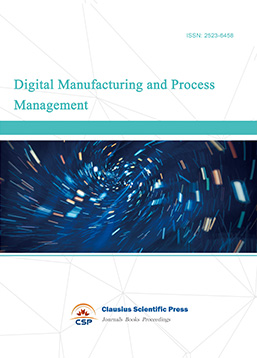
-
Ultra-Precision Machining Process

-
Journal of Robotics and Biomimetics
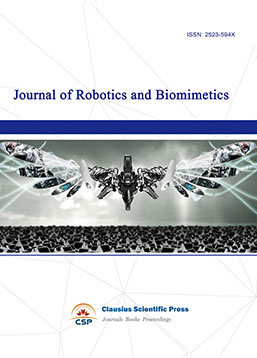
-
Prognostics, Diagnostics and Health Management

-
Micro-Electro-Mechanical Systems

-
Journal of Precision Instrument and Machinery
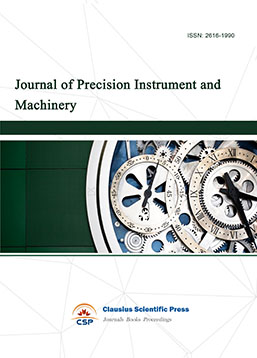
-
Engineering and Solid Mechanics

-
Fracture and Damage Mechanics
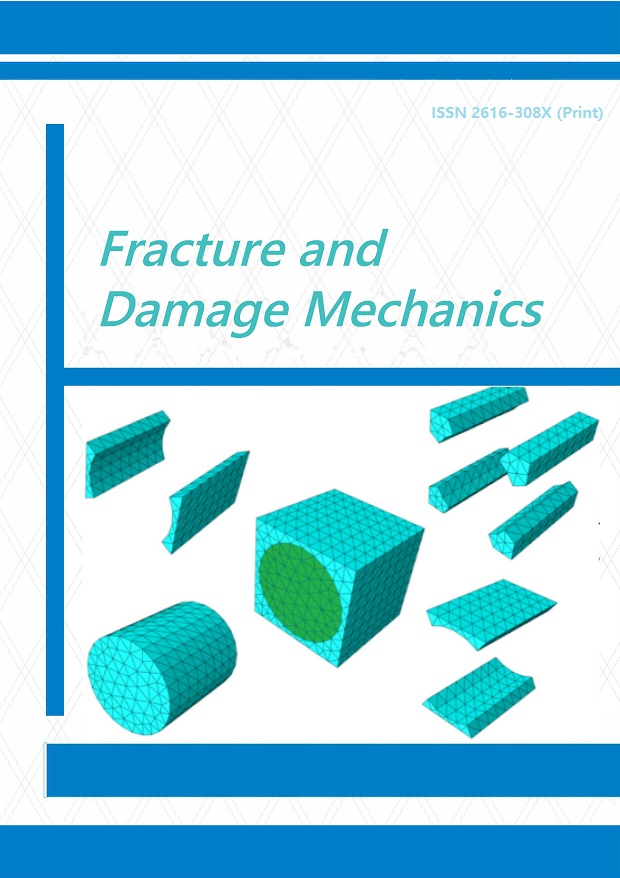
-
Frontiers in Tribology

-
Fluid and Power Machinery

-
Chemical Process Equipment
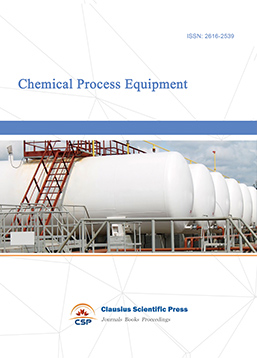
-
Journal of Assembly and Manufacturing
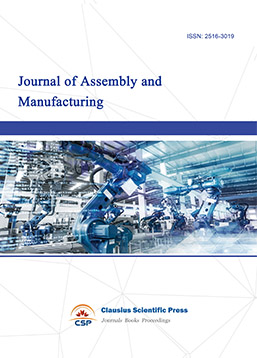
-
Mechanical Vibration and Noise


 Download as PDF
Download as PDF